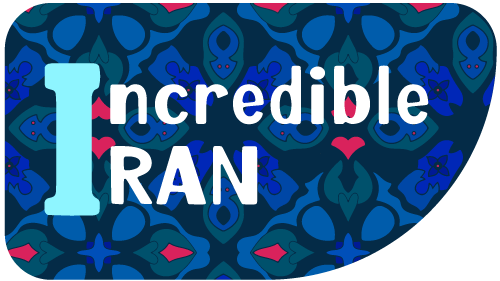Getting to know the people and ethnic groups living in Iran
Major Ethnic Minority Groups
They include tribal groups such as Bakhtiaris, Khamseh, Lurs, Qashqai, Gilaki (in Gilan province), and Mazandaranis (in Mazandaran province). The main ethnolinguistic minority groups are Azeris, Kurds, Arabs, Baluchis, Turkmen, Armenians, Assyrians, and Jews. Kurds and Lurs are the only groups that are closely related to Persians ethnically and linguistically. The remainder comprises small communities of Arabs, Armenians, Assyrians, Baluchis, Georgians, and Pashtuns.
According to the CIA World Factbook and other Western sources, ethnicity/race in Iran breaks down as follows: Persian 51%, Azeri 24%, Gilaki and Mazandarani 8%, Kurd 7%, Arab 3%, Lur 2%, Baloch 2%, Turkmen 2%, other 1%.
Azeris
The Azerbaijanis are an ethnic group that derives from ancient Iranian tribes and is mainly found in the northwest provinces. They form the largest minority in Iran, comprising about 24% of the population. In the 11th century, Turkic tribes migrated into northwestern Iran and gradually spread the Turkish language in the East Azerbaijan province.
Kurds
The Kurds reside mainly in the northwest part of the country, south of the West Azerbaijan province. The Kurds are of Iranian origin, and their language belongs to the Indo-European family, with several dialects such as Goorani (southern Kurdish) and Zaza (western Kurdish). The dialects of people in Sanandaj and Kermanshah are Kurmanji, which is vastly different from the aforementioned ones. The most important Kurdish clans are Mokri in the north of Kurdistan, Bani-Ardalan in the south, and Kalhor in the southernmost Kurdistan.
Arabs
Arab tribes have been present in Iran for 12 centuries, scattered in an area between the Arvandroud, the Persian Gulf in the south, and Shush in the north. Their territory is located to the west of Bakhtiari territory. Bani-Kaab is the largest and most important Arab tribe in Iran, with numerous clans inhabiting Khorramshahr, Minoo Island, on both sides of the Karun River, and around Ahvaz. Other tribes include Bani-Lam, Bani-Saleh, and Bani-Torof.
Baluchis
2% of Iranians are Baluchis, who reside in the southeastern province and an area between Iran and Pakistan known as Sistan and Baluchistan. Baluchistan is a dry region that stretches from the Kerman deserts to the Bam and Beshagard Mountains and the western border of the Sind and Punjab provinces in Pakistan. Historically, the Baluchis were nomads who never had a centralized government and lived under a tribal system. In the 11th century, they moved from Kerman to Makran.
The Baluchis speak Baluchi, a Western Iranian language of the Indo-European family. Baluchis have two main branches: Shade in the north and Makrani in the south. They are divided into several clans, the most important of which are Bameri, Balideh, Bozorgzadeh, Riggi, Sardar Zaie, and Shahbakhsh.
Lurs
The Lurs are an Iranian ethnic group primarily residing in the western and southwestern regions of Iran, particularly in the provinces of Lorestan, Kohgiluyeh and Boyer-Ahmad, Khuzestan, and parts of Fars and Chaharmahal and Bakhtiari. The Lurs speak the Luri language, which belongs to the Southwestern Iranian languages within the Indo-Iranian branch of the Indo-European family. The Luri language has several dialects, including Northern Luri and Bakhtiari. Historically, the Lurs have maintained a tribal social structure, and many still practice traditional pastoral nomadism. The Lurs are known for their rich cultural heritage, including vibrant music, dance, and elaborate clothing. They share close ethnic and linguistic ties with the Persians, and their history in the Zagros Mountains dates back thousands of years.
Exploring Iran
Special Tours to Iran for English Speakers
in your
Native language
